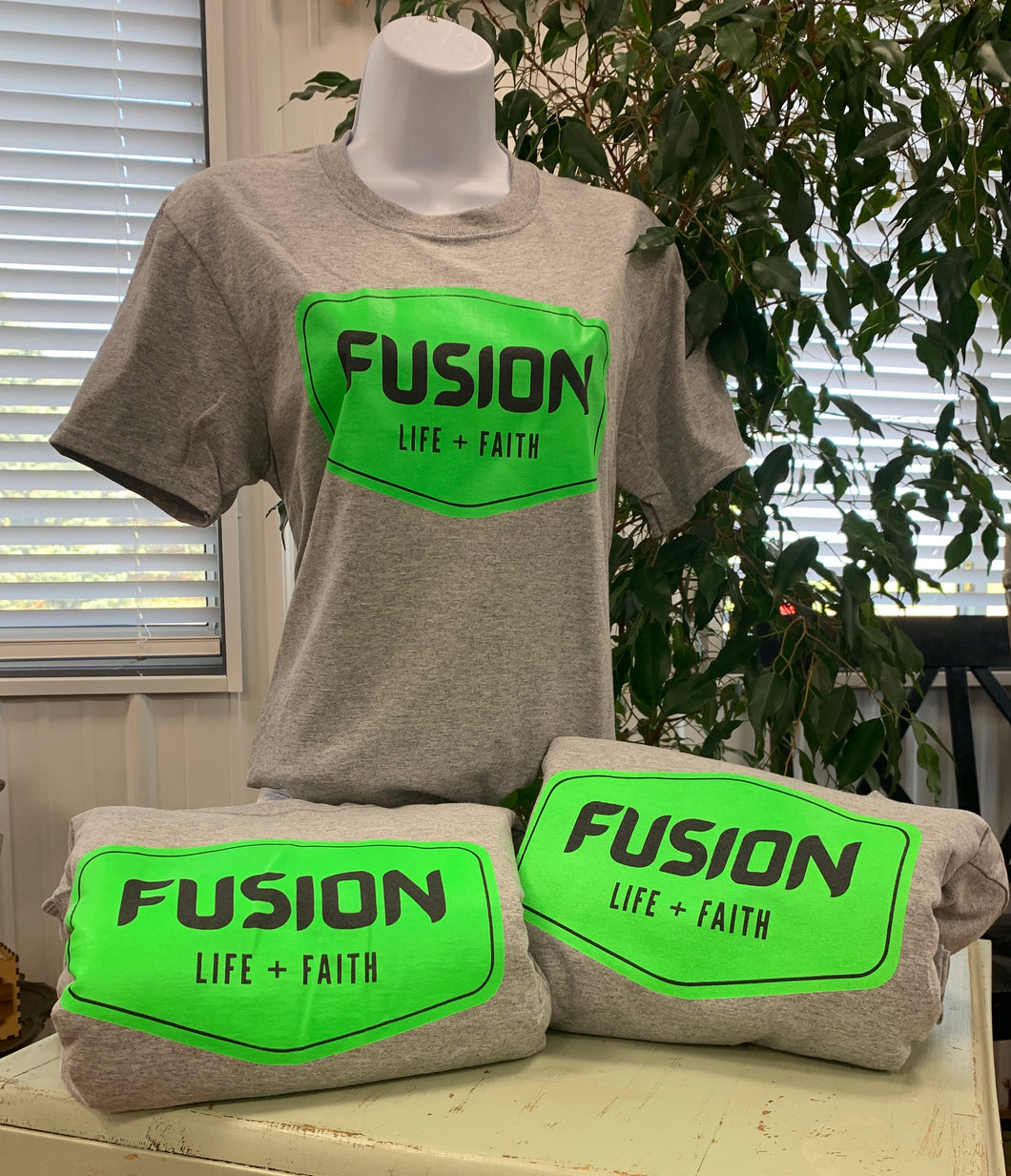Screen Printing Uncovered: Everything You Required to Learn About Tee and Garment Printing Methods
If you have actually ever before questioned how those vivid designs wind up on your favorite t-shirts, you're in the best place. Screen printing is a remarkable approach that incorporates art with technique, using countless opportunities for creativity. Recognizing the fundamentals, from equipment to ink options, can greatly influence your outcomes. All set to check out the necessary aspects that make screen printing an art kind? Let's uncover the details that can raise your tasks.
The Basics of Screen Printing: Exactly How It Works
When you plunge into screen printing, you'll discover it's both an art and a science. At its core, screen printing involves developing a pattern, or screen, that allows ink to travel through only in certain areas (screen printing kit). You begin by picking your design and preparing your screen with a light-sensitive solution. When you subject this emulsion to light, it hardens, leaving your design as an unfavorable space.
Following, you'll mix your inks and prepare your printing surface. Setting the screen over the material, after that utilize a squeegee to push ink through the display onto the garment. This process requires accuracy, as you want clear, lively prints. After printing, you'll heal the ink with warm, ensuring it complies with the textile and lasts with laundries. Each step is vital, and mastering them will elevate your screen printing abilities, changing simple garments into distinct, expressive items.
Types of Display Printing Techniques
As soon as you understand the basics of screen printing, it's time to explore the numerous strategies that can boost your designs. One popular method is typical display printing, where ink is pressed via a stenciled display.
An additional option is plastisol printing, understood for its sturdiness and dazzling colors, making it a favorite for lots of brand names. Experiment with halftone printing to produce slope impacts and detailed layouts.
Important Devices for Display Printing
To attain stunning cause display printing, having the appropriate devices is essential. First, you'll require a durable display printing structure, which holds the mesh that moves your layout onto the garment. Next off, purchase top notch mops; these are important for using ink evenly throughout the display. You'll likewise need an excellent direct exposure system to develop your screens, in addition to a washout booth for cleansing them after usage. A reliable heat source, like a conveyor clothes dryer or heat press, is critical for treating your prints to assure long life. Do not neglect a proper work space, outfitted with tables and storage for your products. Protective equipment, such as handwear covers and masks, will maintain you risk-free from chemicals and inks. With the right devices, you'll be well on your way to producing professional-quality prints.
Selecting the Right Inks and Materials
When choosing inks and products for display printing, you require to take into account the type of ink that works best for your task. Think regarding fabric compatibility to guarantee your styles look fantastic and last lengthy. Also, check out green ink alternatives to make your printing process more sustainable.
Kinds of Display Inks
Picking the appropriate display ink is essential for accomplishing lively, sturdy prints that satisfy your task's requirements. There are numerous types of display inks to take a look at. Specialized inks, such as glow-in-the-dark or metallic, can add unique impacts to your styles.

Material Compatibility Considerations
Recognizing material compatibility is vital for accomplishing high-grade display prints, specifically because different products respond uniquely to different inks. When choosing inks, think about the material kind-- cotton, polyester, or blends. For cotton, water-based inks work well, offering softness and breathability. Polyester, on the various other hand, typically calls for plastisol inks for better adhesion and dynamic colors. You could need to utilize a combination of both types if you're printing on blends. Always examine your inks on sample material to guarantee they adhere appropriately and preserve color integrity. Furthermore, maintain in mind that material weight and texture can impact the last result, so choosing the right ink and material combination is important for your task's success.
Eco-Friendly Ink Options
Green inks are ending up being a preferred choice for display printers who intend to minimize their ecological influence while maintaining top quality. When choosing inks, take into consideration water-based inks, which are less harmful and less complicated to tidy up contrasted to conventional solvents. These inks bond well with fabrics, delivering vivid outcomes without toxic chemicals. You could also discover eco-solvent inks that use less unstable natural compounds (VOCs), making them a more secure alternative for both your health and wellness and the planet.
Additionally, search for inks made from sustainable sources, such as soy or vegetable-based alternatives. By picking the appropriate inks and products, you'll not only produce sensational layouts but likewise add to a much more sustainable printing procedure. Make the button, and your prints will mirror your dedication to the atmosphere!
Preparing Your Layout for Display Printing

File Layout Needs
To guarantee your design looks sharp and vibrant on material, you'll require to pay very close attention to file style requirements for screen printing. Begin with vector files like AI or EPS, as they can be scaled without losing quality. If you make use of raster pictures, go with high-resolution files, such as TIFF or PNG, ideally at 300 DPI. Prevent utilizing JPEGs, as they can shed clarity when resized. Make certain your style has a clear history to protect against unwanted white sides on your prints. Keep color settings in mind; CMYK is typical for screen printing, so transform your RGB makes appropriately - screen printing kit. By adhering to these standards, you'll establish your artwork up for an effective print.
Shade Separation Techniques
Color splitting up is an essential action in preparing your style for screen printing, and understanding it can greatly improve your print quality. You'll require to break your design into individual shades, as each color calls for a different display throughout printing. Begin by determining all the shades in your style and produce layers for each one. You can make use of software program like Adobe Photoshop or Illustrator to separate and different shades efficiently. Be certain to save each layer as a separate file, usually in a format like TIFF or PSD. This accuracy not only ensures exact color depiction however also enhances the printing process. By paying attention to color separation, you'll accomplish professional and lively cause your screen-printed garments.
Resolution and Dimension
Attaining the ideal lead to screen printing begins with assuring your style has the appropriate resolution and dimension. Preferably, your art work needs to go to the very least 300 DPI (dots per inch) for sharp, clear prints. If you make use of lower resolution, your end product could look unprofessional and pixelated.
When it pertains to size, think about the dimensions of your print location. Design your artwork to match the final print dimension, ideally creating it in the real dimensions you'll be printing. This way, you'll prevent any type of unexpected scaling problems.
Constantly inspect your layout in both vector and raster layouts. Vector graphics can be scaled without shedding high quality, making them optimal for screen printing. Preparing correctly will ensure your style looks impressive on every garment!
Step-by-Step Display Printing Refine
Display printing is a vibrant procedure that enables you to create vivid styles on various surface areas. To obtain started, you'll need a display, solution, and your selected ink.
Pour ink onto the display and use a squeegee to push the ink with the pattern onto the fabric. Raise the screen thoroughly and allow the print dry. You have actually efficiently screen printed your style.
Tips for Effective Screen Printing Projects
While you're diving right into your screen printing tasks, remember that preparation is key to success. Start by collecting all your products-- inks, displays, garments, and mops. A tidy work space helps prevent undesirable mistakes, so clean up before you start.
Next, validate your art work is high-resolution and properly sized for your garment. Evaluate your screen for proper exposure and clean it thoroughly to avoid smudges. When blending your inks, comply with the supplier's guidelines to achieve the ideal consistency.
Throughout printing, apply even pressure with your squeegee for regular results. Do not hurry; take your time to validate each print satisfies your requirements. After printing, let your garments completely dry totally prior to taking care of or packaging them.
Lastly, always keep an example of your help future referral. This method, you can assess your progress and enhance your methods with time. Satisfied printing!

Regularly Asked Inquiries
For how long Does It Take to Establish a Display Printing Job?
Establishing a display printing work usually takes around 30 minutes to an hour. You'll prepare the screens, mix inks, and change journalism. The moment differs based upon intricacy and experience, so stay arranged!
Can I Publish on Different Fabric Types Making Use Of the Same Technique?
Yes, you can print on different textile types using the same technique, however you'll need to adjust your setups and inks. Some textiles absorb ink in a different way, so experimenting guarantees the most effective results for every product.
What Are Common Mistakes to Avoid in Display Printing?
When display printing, prevent common mistakes like making use official website of the incorrect ink, disregarding appropriate direct exposure times, or missing pre-press checks. Always evaluate your arrangement and preserve clean displays to assure high quality results each time.
Just How Can I Effectively Tidy and Keep My Display Printing Equipment?
To appropriately clean and keep your display printing see this website equipment, you should on a regular basis clean displays with suitable solvents, check squeegees for wear, and assure all tools are kept completely dry and dust-free. Uniformity boosts and prevents expensive fixings performance.
Is Display Printing Environmentally Pleasant Compared to Various Other Techniques?
Display printing can be extra eco-friendly than other approaches, particularly if you use eco-conscious materials and water-based inks. By choosing sustainable supplies and practices, you lower waste and reduce your influence on the earth.
Screen Printing Uncovered: Every Little Thing You Required to Know Regarding Tee Shirt and Garment Printing Techniques
At its core, screen printing involves producing a stencil, or screen, that permits ink to pass through only in certain areas. Setting the screen over the fabric, after that utilize a squeegee to press ink via the display onto the garment. One prominent method is conventional screen printing, where ink is pressed via a stenciled screen.When selecting inks and materials for screen printing, you require to take right into account the kind of ink that functions best for your task.